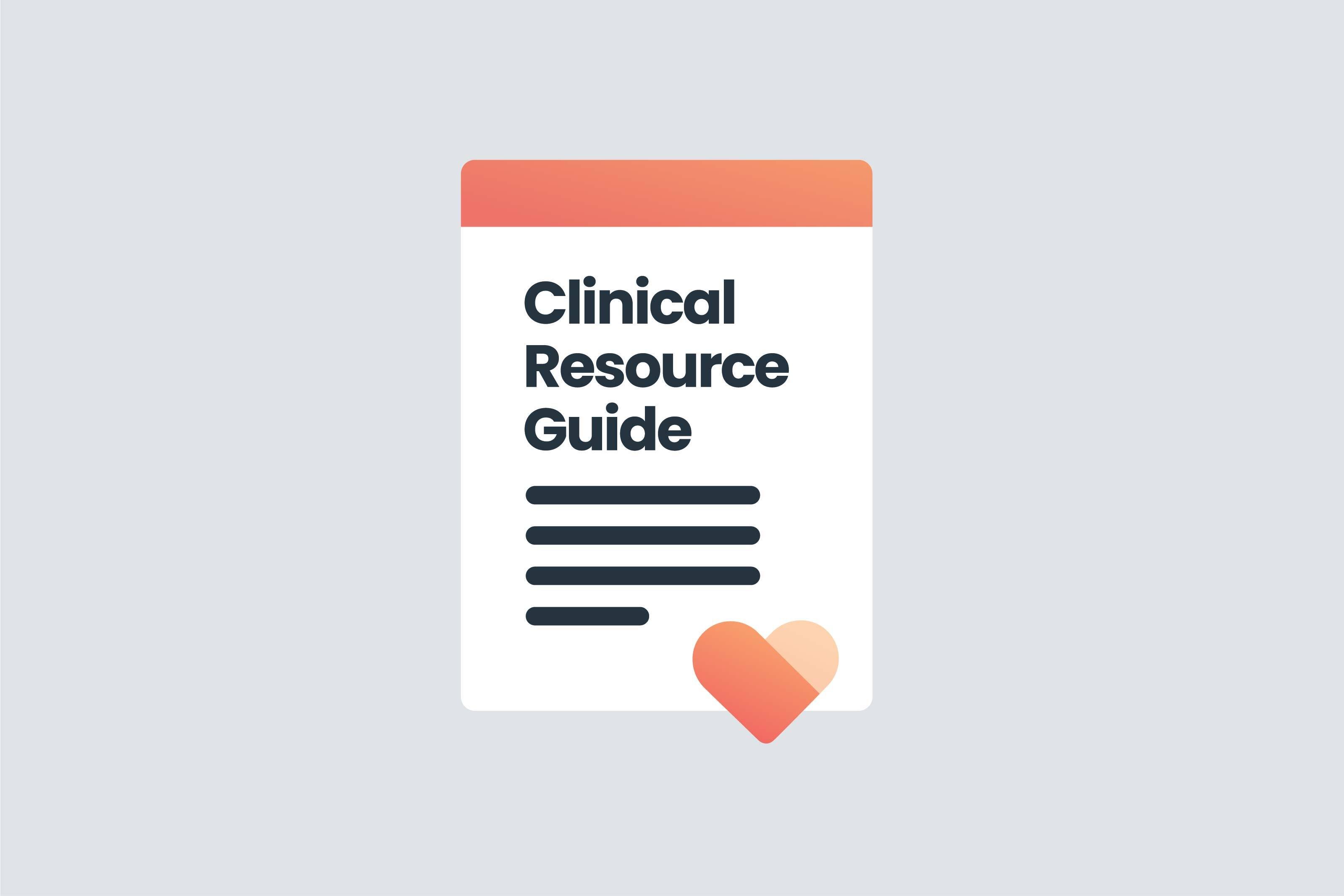3 min read
Clinical Resource Guide: Pancreatic Enzyme Replacement Therapy
 BetterRX
:
Aug 12, 2025 4:59:01 PM
BetterRX
:
Aug 12, 2025 4:59:01 PM

Pancreatic enzyme replacement therapy (PERT) is used to treat exocrine pancreatic insufficiency.
INTRODUCTION
Exocrine pancreatic insufficiency occurs when the pancreas can no longer produce and release enough digestive enzymes to properly break down and absorb nutrients from food. Supplementing this deficiency with PERT allows for a greater quality of life in these patients. This Pharmacist Corner was created to serve as a resource to hospice administrators and clinicians by providing guidance on PERT.
Pharmacist Corner Objectives
1.) Describe the role of pancreatic enzymes in the digestive system.
2.) Identify signs and symptoms of pancreatic insufficiency.
3.) Summarize benefits of treatment with PERT.
4.) Understand dosing regimens and counseling points of pancrelipase.
PANCREATIC ENZYMES’ ROLE IN DIGESTION
The pancreas serves a dual purpose in the body: maintaining blood sugar balance through endocrine activities and aiding digestion through exocrine enzyme secretion. Focusing specifically on its exocrine role, the pancreas produces digestive enzymes—amylase, lipase, and protease—essential for breaking down carbohydrates, fats, and proteins, respectively, in the digestive process. The exocrine function of the pancreas is crucial for ensuring the effective digestion of nutrients from food. This allows for their absorption into the bloodstream and subsequent utilization by the body for energy and other physiological processes.
CAUSES AND MANIFESTATIONS OF PANCREATIC INSUFFICIENCY
Medical conditions like pancreatic cancer, cystic fibrosis, pancreatitis, and other gastrointestinal diseases can damage the pancreas, impairing its ability to effectively produce and release exocrine enzymes for digestion. Without pancreatic enzymes, food cannot be broken down and absorbed. This leads to things like steatorrhea (oily, foul-smelling stools), weight loss, malnutrition, diarrhea, gas and bloating, and abdominal pain. Absorption of fat-soluble vitamins, nutrients, and some medications can also be hindered.
|
Benefits of Treatment |
|
|
Symptom Management |
Symptoms of pancreatic insufficiency can be very bothersome for patients. Quality of life can be detrimentally impacted, but PERT can provide resolution of symptoms, particularly steatorrhea. |
|
Caregiver Burden |
PERT eases caregiving tasks concerning personal hygiene and comfort, making the caregiving experience more manageable. |
|
Nutritional Support |
PERT allows for a more flexible diet with fewer restrictions, allowing the patient to eat what they want without worry of symptoms. It optimizes absorption of medications, helps stabilize weight, and prevent vitamin deficiencies as well. |
COMPARISON OF AVAILABLE PRODUCTS Pancrelipase Products
|
Pancrelipase Products |
|||
|
Brand Name |
Available Strengths (USP units of lipase/protease/amylase) |
Clinical Pearls |
Daily Cost* |
|
Creon® |
|
Contents of capsule may be sprinkled on acidic food like applesauce. |
$28.73-$41.10 |
|
Pancreaze® |
|
Safety and efficacy have been demonstrated in pediatric patients 6 months and older. |
$29.88-$58 |
|
Pertzye® |
|
Contents of capsule may be sprinkled on acidic food like applesauce. |
$30.80-$37.73 |
|
Viokace® |
|
Must be taken with a PPI to be effective. Do not crush or chew tablets. |
$28.40-$28.67 |
|
Zenpep® |
|
Contents of capsule may be sprinkled on acidic food like applesauce. |
$32.63-$51.20 |
* Variable depending upon dosing regimen
OPTIMIZING PANCREATIC ENZYME REPLACEMENT THERAPY
- Dosing of pancreatic enzymes is patient-specific and may need to be adjusted based on degree of pancreatic insufficiency, diet, and response to treatment.
- Starting dose: 40,000-50,000 lipase units per meal, half that for snacks
- Evaluating effectiveness: Goal of PERT is to replace just enough enzymes to alleviate symptoms like steatorrhea. If the patient is still experiencing this after 3-4 days of therapy, consider titrating the dose.
- Titrating dose: Recommendations vary. Consider adding one extra capsule per meal and reevaluating in 3-4 days. Some experts even recommend doubling the dose and then reevaluating.
- The different available formulations and strengths can help with individualizing doses and lessening the pill burden. Different brands are not interchangeable.
- Use caution with doses over 2,500 lipase units/kg/meal or 10,000 lipase units/kg/day.
- Give at the beginning and middle/end of each meal and snacks.
- Patient does NOT need to take the medication if they are not eating/drinking. Only needs to be taken when patient takes in food or nutritional supplementation.
- Crushing, chewing, or retaining in the mouth of any formulation may cause irritation.
SUMMARY
This Clinical Resource Guide aims to provide valuable information for hospice administrators and clinicians dealing with exocrine pancreatic insufficiency. PERT is crucial in addressing this condition, where the pancreas fails to produce enough digestive enzymes for effective nutrient absorption. Because of the wide variability in response to treatment, dosing is individualized on a case-by-case basis. For questions regarding patient-specific scenarios, please call BetterRX for a Clinical Pharmacy Consultation.

Clinical Resource Guide: Appetite Stimulants
Appetite stimulants are often considered for patients experiencing significant weight loss or anorexia related to their underlying terminal...

Seizure Management Clinical Resource Guide
Seizure management can be challenging in any patient population, but especially in the hospice patient, who is often without IV access and in the...


